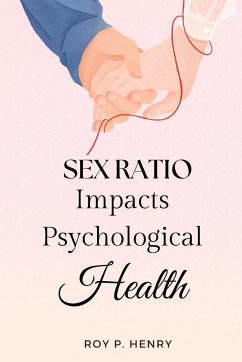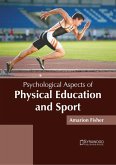Pair bonding, or long-term adult romantic relationship, was advantageous in ensuring offspring survival and adult protection in the evolutionary environment, thus humans have evolved with strong mating and pair bonding motivations (Belsky, 1999; Fraley, Brumbaugh & Marks, 2005; Fraley & Shaver, 2000). Because successes and failures in meeting adaptive goals is correlated with emotional and psychological health (Nesse, 2016; Plutchik, 2003), decreased or thwarted mating opportunity should theoretically impact wellbeing. Sex ratio refers to the number of males relative to females in a given population and significantly influences mating opportunity. When sex ratio is skewed, the oversupplied sex experiences a dearth in mating opportunity (Guttengang & Secord, 1983). The minimal research that has been conducted in this area suggests that population sex ratio and mating opportunity influence wellbeing (Tucker & Mitchel-Kernan, 1989) yet more research is necessary to gain a better understanding of the psychological impact of sex ratio.








